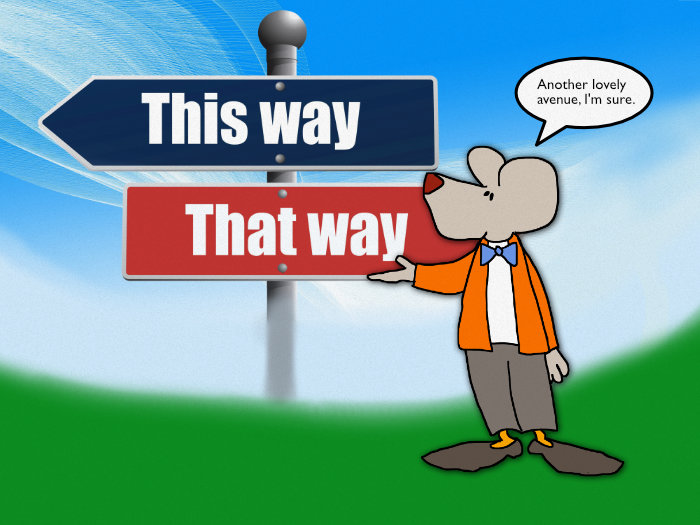“The long and winding road.”
Oh, that is a great line from the old Beatles song with the same title.
But it wouldn’t have been the same if they had sung “The long and winding street.”
No. That had to be saved for David Bowie and Mick Jagger when they sang “Dancing in the Street.”
Again. Same thing. It would not have sounded as good if they had stomped out, “We’re dancin’ in the avenue.”
Streets. Roads. Avenues. They come in handy.
I’ll tell you. I’ve been lost before. One of the most in-depth occasions of this occurred in Amsterdam. On foot. For the life of us, we could not find our hotel. Four intelligent adults, meandering around the streets of Amsterdam in search of our home, sweet home. Until it reached the point of panic. Of course, I sit here writing, so yes, we eventually made our way out of Amsterdam.
But. Have you ever wondered why the roads you travel on might be called an avenue, a boulevard, or a court instead of a plain old street? Is it all willy-nilly, how they name these things? I mean, what made 134 E. Bruce Avenue an avenue when I grew up?
Well. As it turns out, there are rules regarding road classifications. And while they’re not always followed, typically, they are. The basic premise behind the road-naming game is that the name given to a road depends upon its size and function. This naming convention is pretty much followed all around the world.
Let’s start with a road. A road is a path that connects two points. Generally, roads head out of town or away from the center of a city.
A street, in contrast, is a public road with buildings on both sides. This means that a street is also a road, but a road isn’t necessarily a street.
Now for my favorite. Avenues. They generally run perpendicular to streets but also have trees and buildings on both sides. I can attest to this. Our Bruce Avenue had buildings and trees. Both sides. All the way, up and down.
But who decides all of this? Apparently, each municipality determines which direction to place its streets and avenues.
Let’s take Manhattan, for example. There in the Big Apple, avenues run north and south, while streets run east and west. But in Denver, it’s the opposite. I’ll tell you. I’ve been in both places, and I didn’t pick up on this, one way or the other. One time, I was in San Francisco, and we got on a street that did not allow turns. I’m not kidding. We thought we were in some Alfred Hitchcock movie.
Anyway, here is a list from the source. And I quote.
(https://www.urbo.com/content/heres-the-difference-between-streets-boulevards-avenues-and-other-roads/)
________
Boulevard: A wide street with trees and other vegetation on one or both sides and, often, a median to divide traffic.
Court: A street ending in a loop or a circle, aka a cul-de-sac.
Crescent: A winding, curved road that typically attaches to another road at each end.
Drive: A long road that winds around a geographical feature such as a river or mountain.
Lane: A narrow road that typically leads to a residential zone. Lanes are often found in rural areas.
Place: A road or street with a dead end that’s not a loop or circle.
Terrace: A street following the upper portion of a slope.
Way: A small street branching off a road. These passages are usually short and often feature a dead end.
_______
So that’s the long and short of things.
I live on a road now, so apparently, I am somewhere between two points.
That seems about right.
In fact, no matter when or where I’ve been, I’ve always been between two points. That long and winding road.
≈≈≈≈≈≈≈
Sometimes it’s more about the journey than the destination.
— Jamal Crawford
≈≈≈≈≈≈≈
Always the journey, never the destination.
— Simon Rattle
≈≈≈≈≈≈≈
There’s no destination. The journey is all that there is, and it can be very, very joyful.
— Srikumar Rao
≈≈≈≈≈≈≈
I’m getting the feeling that it is not about the destination, but the journey.
— Polly The Goggles Kronenberger
≈≈≈≈≈≈≈
